
Opinions
22:33, 20-Sep-2017
China Footprint: The ultimate goal of ‘community of common destiny’ is win-win
CGTN
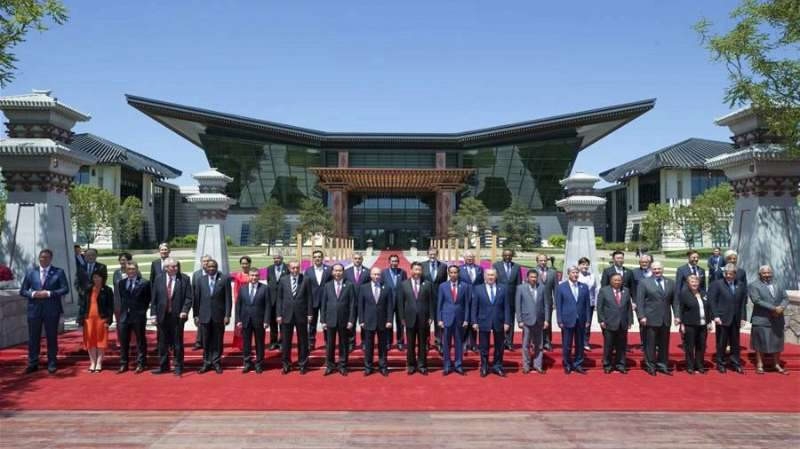
Since 2012, Chinese President Xi Jinping has been either creating or stressing quite a number of key phrases, which are signposts, if you will, for how he sees China's future development. "Community of common destiny" is one of them.
If you have been listening to China's leaders over the years, you'll probably know that this “community of common destiny” phrase was actually adopted by his predecessor, Hu Jintao, in 2007, when describing the special relationship between the Chinese mainland and Taiwan.
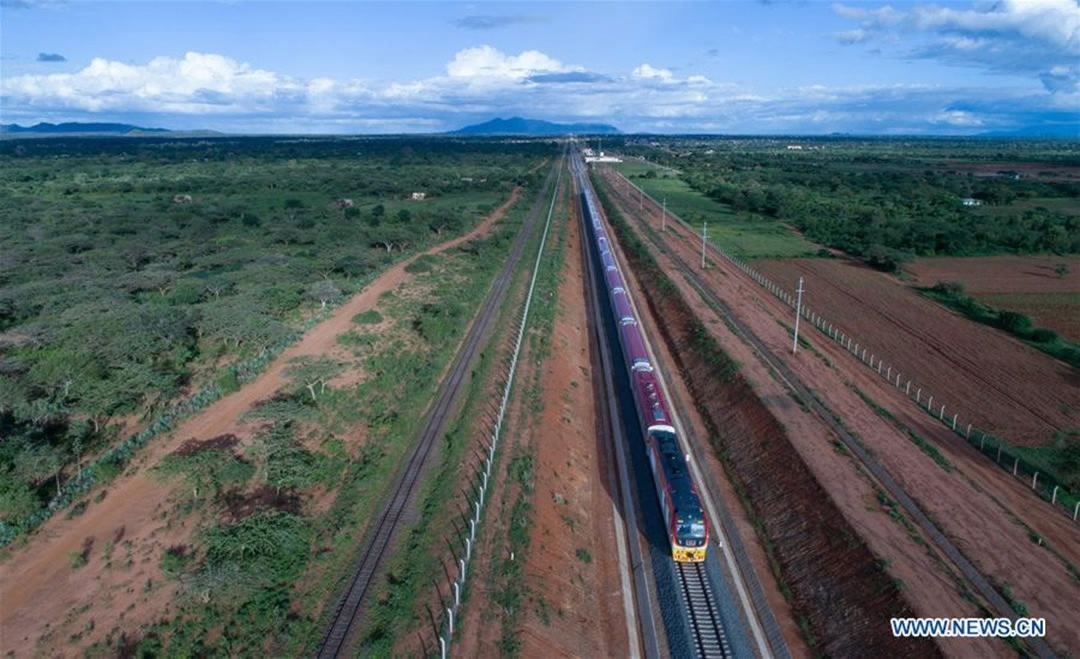
A train carries out a test run on Kenya's Mombasa-Nairobi Standard Gauge Railway on May 24, 2017. /Xinhua Photo
A train carries out a test run on Kenya's Mombasa-Nairobi Standard Gauge Railway on May 24, 2017. /Xinhua Photo
Now, ever since then, the term has been used to emphasize some of China’s critical ties with other countries, especially its close neighbors and key partners.
After 2015, Xi used it again in his speech at the Asian-African Leaders Summit in Jakarta, and to world leaders at the UN General Assembly, but the concept has been upgraded to "building a community of common destiny for all mankind." It's a concept whose premise lies in the fact that all countries share a common destiny because they are linked to each other by common challenges, such as climate change, sustainable development and anti-terrorism.
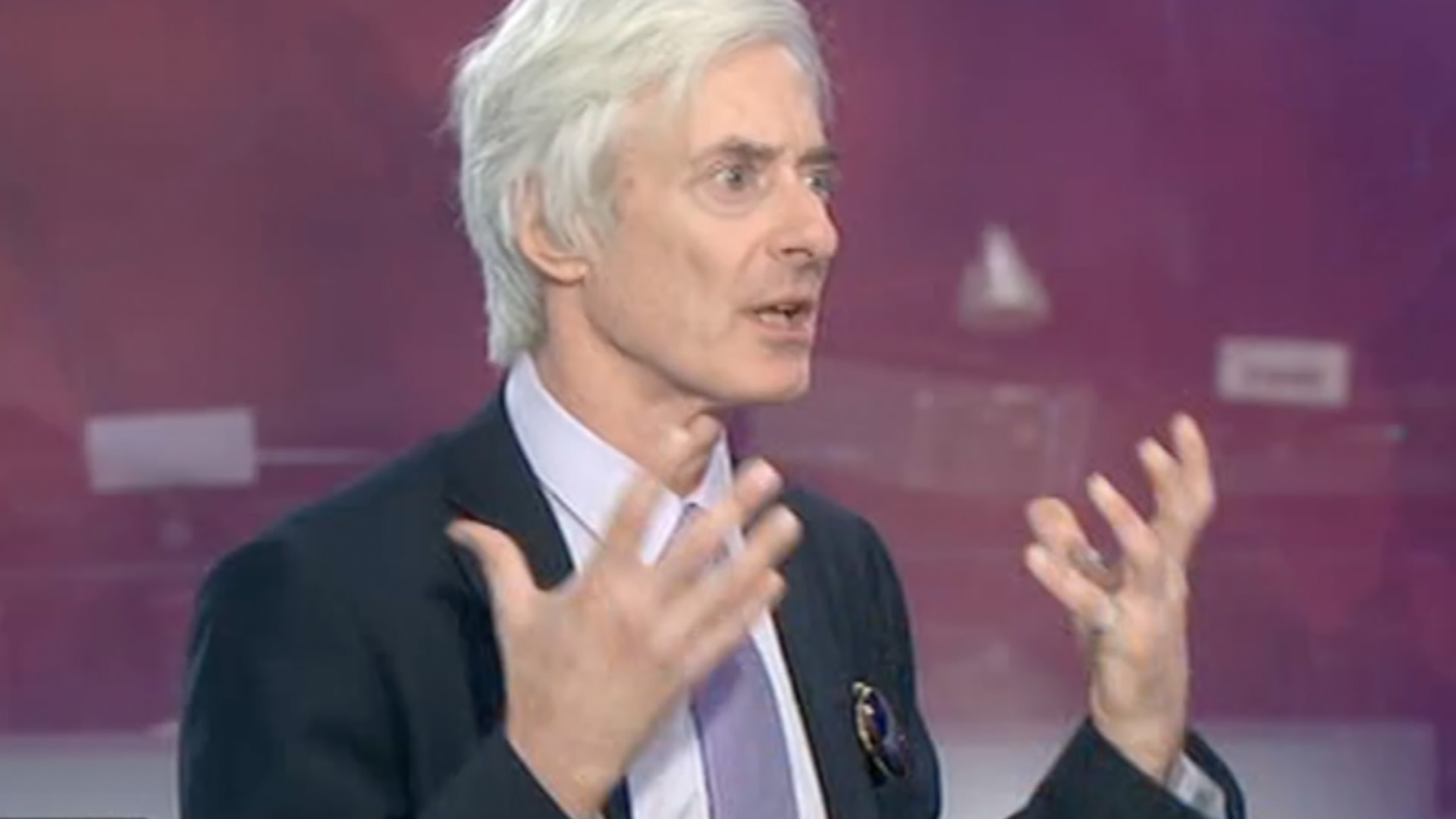
Laurence Brahm, chairman of Himalayan Consensus, believes “community of common destiny” is particularly important when it comes to uncertainty stemming from the rise of terrorism, extremism, separatism and protectionism. The Belt and Road Initiative is also a vital part of building “community of common destiny.”
“One of the key factors here that underlies the Belt and Road Policy is not simply China's outbound investments and opportunity at building railways in other countries; that's the road. We talk about the belt; we talk about the ranges of economic prosperity that can evolve from that and from those investments. Because if you don’t empower people economically and give them a future and give them a hope, they will have anger, resentment and you'll have extremism,” Brahm said.
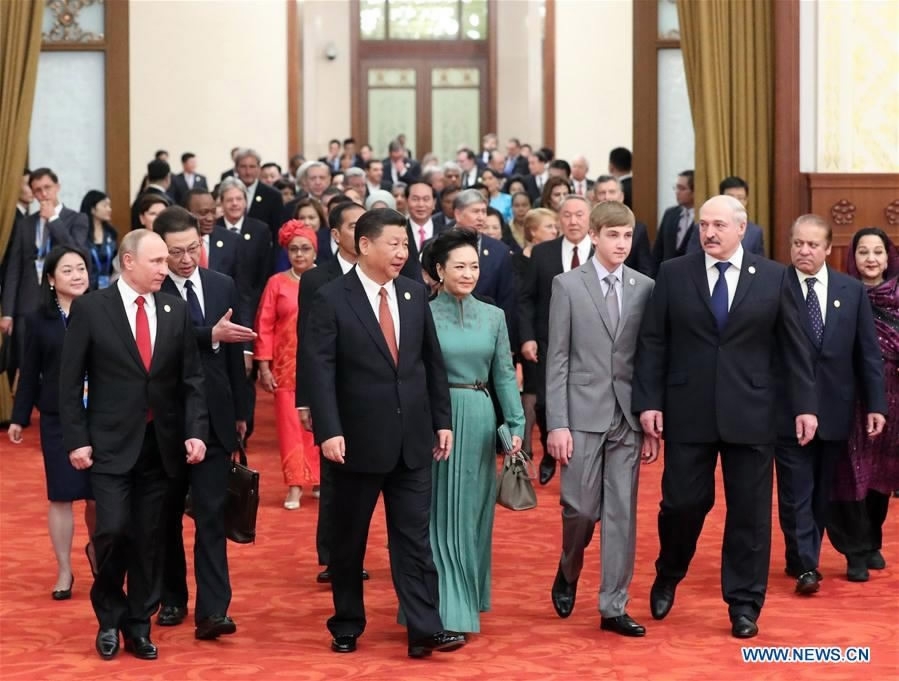
Chinese President Xi Jinping, his wife Peng Liyuan and other distinguished guests of the Belt and Road Forum for International Cooperation attend a welcome banquet in Beijing on May 14, 2017. /Xinhua Photo
Chinese President Xi Jinping, his wife Peng Liyuan and other distinguished guests of the Belt and Road Forum for International Cooperation attend a welcome banquet in Beijing on May 14, 2017. /Xinhua Photo
However, it's been questioned by some who think China is trying to take advantage of other countries to fulfill its own dream. Brahm, who is not enamored with the idea, emphasized the community is built for solutions and to bring people out of poverty, followed by creating economical drivers. “If you don’t have a road, you don’t have communications, you're not going to have any trade and development.”
The US and China have not seen exactly eye to eye on DPRK nuclear issues. Brahm said sanctions are not going to solve the the problem, because “it is about commencement of dialogue, investment and opening DPRK, sanctions will create extremism.”
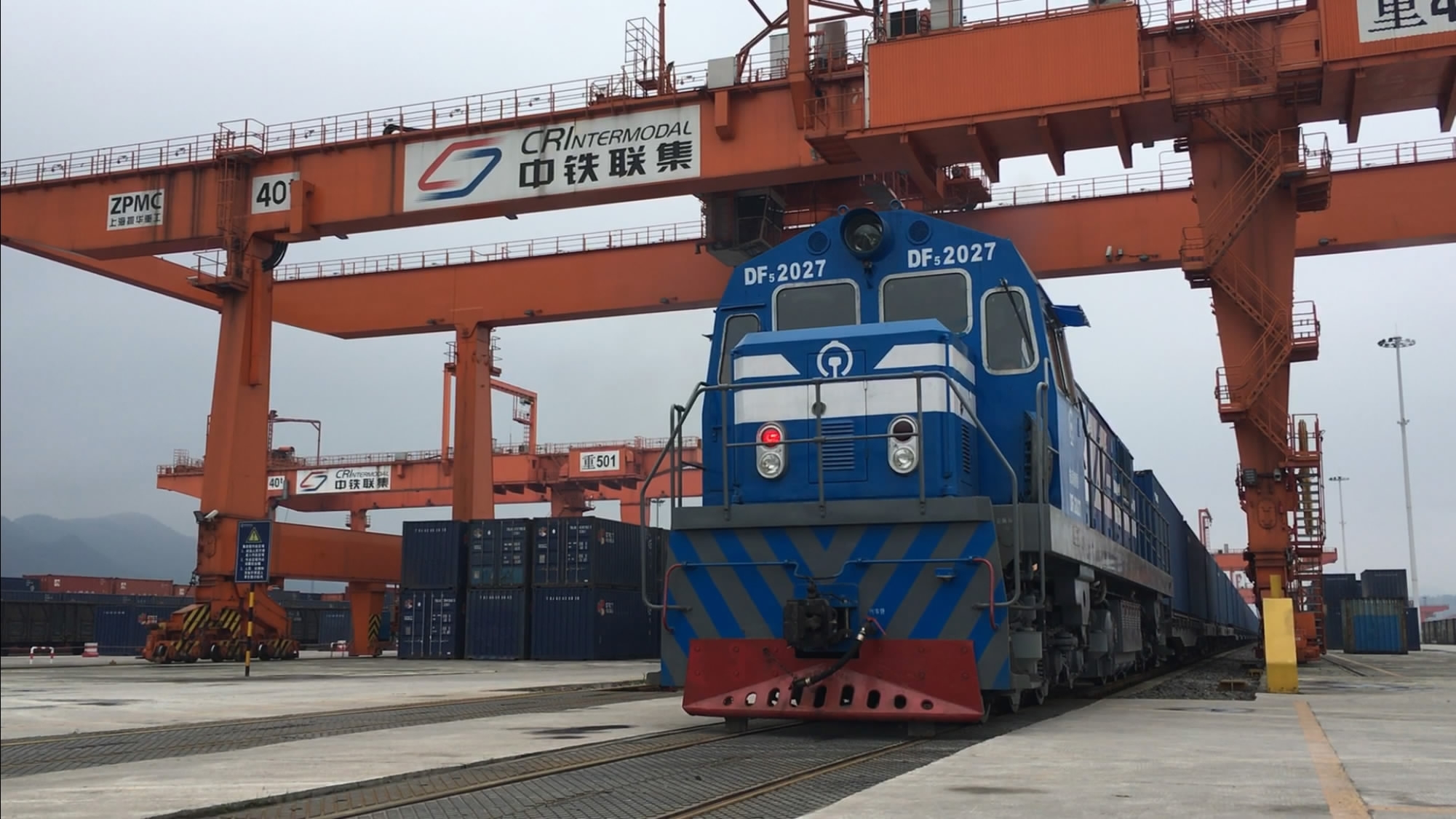
Freight trains from China transport goods between China and Belt and Road countries. /CGTN Photo
Freight trains from China transport goods between China and Belt and Road countries. /CGTN Photo
Therefore, the "community of common destiny" calls on the countries to open up instead of close in. It calls for cooperation instead of confrontation, negotiation instead of conflict, and a multilateral system instead of unilateralism. It’s a core part of a well-designed new diplomatic strategy in China.
By emphasizing community and a shared fate, the concept tries to ensure a peaceful and stable environment for not only China, but the rest of the world to reach the ultimate goal that no one will lose, or what you may have heard many times from the Chinese leader — win-win.

SITEMAP
Copyright © 2018 CGTN. Beijing ICP prepared NO.16065310-3
Copyright © 2018 CGTN. Beijing ICP prepared NO.16065310-3